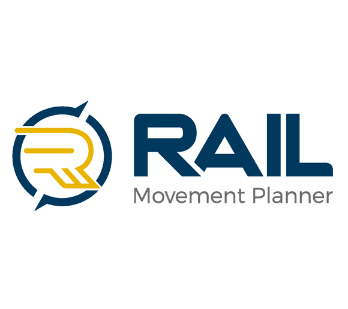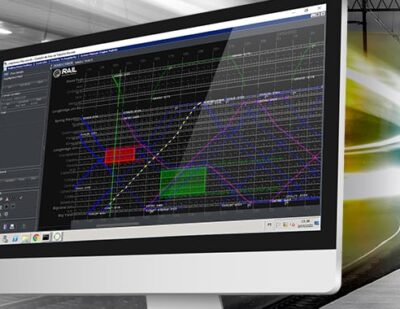Understand the Importance of Standardizing Procedures in Your Railroad Operations Center
Digitize and innovate are keywords in the current corporate world. Operations centers become the focus of process standardization in pursuit of better results.
In the path toward high-performance railroad management, the Railroad Operations Center, also referred to as OC, is home to increasingly relevant innovation to the railroad business in pursuit of optimizing asset usage.
This time we will look at the benefits of standardizing traffic planning and reactions to disruption in your operations center, and how it affects your entire rail network.

What Does Process Standardization in the Operations Center Solve?
One of the main benefits harnessed by the rail operations using Rail Movement Planner™ is having automatic traffic plans devised, leaving the traffic controller with the role of validating and executing the strategic portion. With this reduced workload, the knowledge of evaluating an assertive traffic plan becomes more used than graphing a plan.
From the moment all plans are devised by a single source, the Rail Movement Planner™ system, and follows the same unified rules and principles derived from the Adaptive Engine, the overall work quality in the OC is improved. Such gains become apparent in all the rail network.
The expertise in acknowledging adequate tactics, executing, and fitting them into reality is more easily transmitted between professionals than the amount of intuition and abstract thinking required to devise traffic plans from scratch.
The Value of Operational Rules and Reactions
Standardizing traffic planning through this solution ensures the same operational rules as followed – while also allowing reactions to disruption to be improved.
When dealing with incidents such as delays or network interruptions, for example, the OC professional needs to deal with limited information and predict the best decisions to make. Again, by getting rid of the variance between professionals, the solution ensures the same information is used to devise traffic plans reacting to disruption – giving time for the controller to focus on planning consequences and other decisive factors.
This is the acting basis of our real time train traffic planning solution. It was built upon practical railroad expertise and concepts to bring further productivity and efficiency to rail network operations. In just a few seconds it is possible to devise effective plans for train circulation. With continuous improvements.
Machine Learning Is the Next Step
One of the features currently under development for Rail Movement Planner™ is a module that analyzes actual train movements – based on measurements of past movements and train behavior in the network – and adjust future traffic plans with this behavior in mind.
Instead of using only a reference sheet to determine train data, the solution will be able to “learn” how each specific train (and conductor) behave in the network in real time. This means even more accurate plans and improves decision-making at the operations center.
Therefore, if you are searching for a flexible solution that adapts itself to any railroad, developed with state-of-the-art technology, with constant updates and 24/7 support, check our work. We are the transformation that generates total efficiency to railroad operation centers around the world.
This article was originally published by Rail Movement Planner™.







